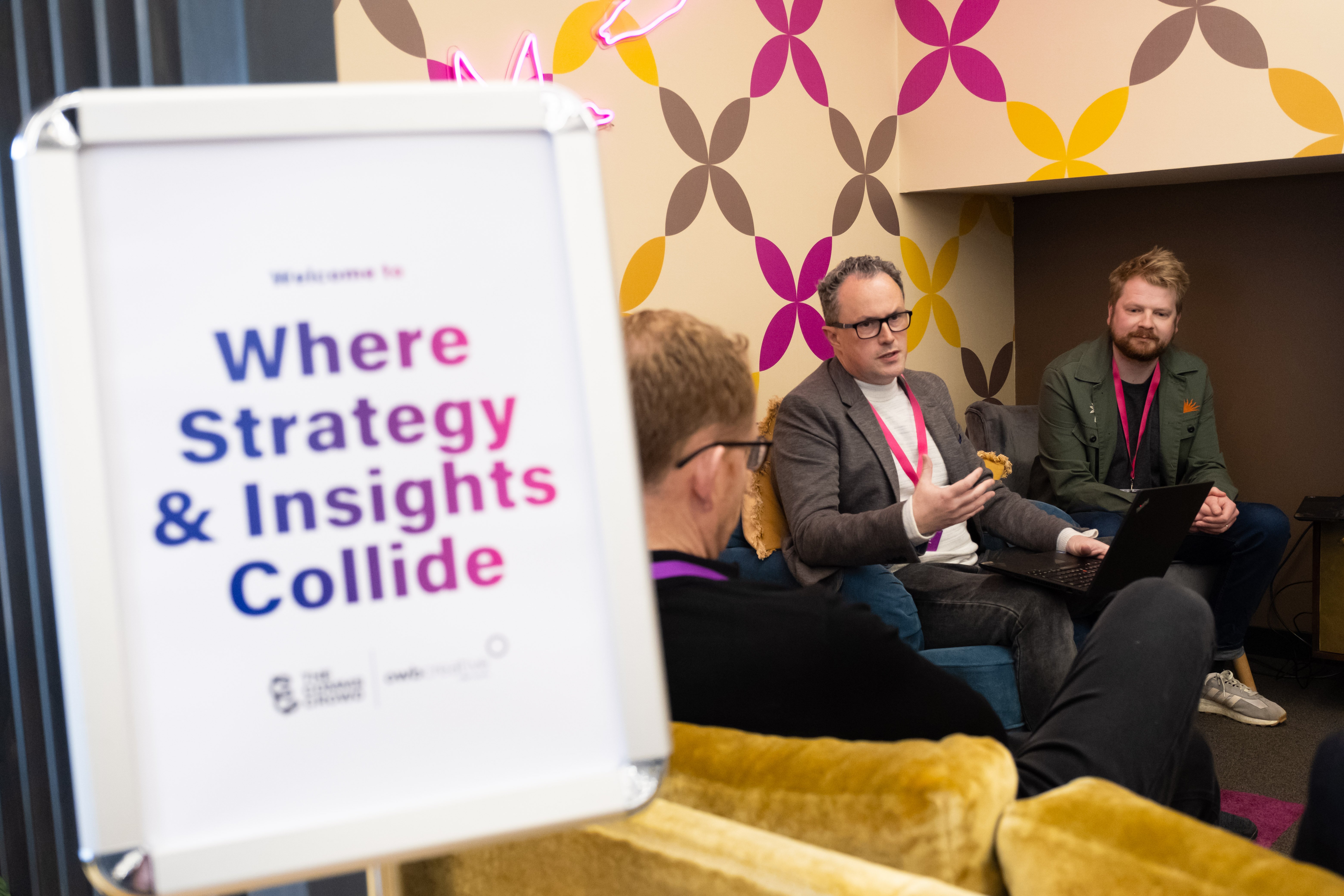Conducting business in a different country or even a different language can be a minefield. You can have the best communications strategy in the world, but if this doesn’t land with your audience in the appropriate manner, it’s worthless, or worse, damaging.
For some organisations, global communication is part of their day-to-day business. For others, it’s a new frontier, and often a nerve-wracking experience. And of course, it’s not as simple as picking the right terminology out of an online dictionary. Different parts of the world have different communication styles and etiquette, and more than that, different market rules. Any experienced communicator will freely admit that there’s a lot of room for error in any communication, especially in a global environment. Once something has gone wrong, it’s much harder to recover. That’s why it’s important to recognise and resolve the challenges of global communication from the outset.
It is safe to say that somehow, some time you will be communicating with others around the world whether you mean to or not, so you need to make sure that you have the understanding and tools needed to do so effectively.
Intentionally or unintentionally global
You may ask ‘what’s any of this got to do with me?’
Are you a communicator? And would you say you communicate internationally?
Of course you do! Today, social media activity is integral to brand perception and business performance. By its borderless online nature it is also automatically and unashamedly global. If you are posting content, you cannot help global audiences in markets other than your intended ones partaking in your venture.
And this is the crux of the matter: your communications preparedness needs to be not just aimed at your intentional audience, but also the unintentional one, which may be just as big and influential, and possibly even further reaching. You may not (yet) have any expansion plans for North America or Brazil but audiences there will nonetheless see and hear you, and so you need to think about what you want them to see and hear.
Putting a strategy in place for building your brand with unintentional audiences means you maintain control over it. You are future proofing your business interests perhaps three or five years down the line when you are ready to take the global leap, or you may even find market opportunities now you hadn’t previously considered.

It’s not just what you say but the way you say it!
While social media is a great opportunity for brands to communicate directly with current and future customers, it can also be risky, if content deployed is ill-informed, unmanaged or unintended. If you don’t listen and understand before you speak, then your brand reputation can be put at risk and your audience alienated.
The immediacy and viral nature of social media communication means companies can’t always predict the impact of your branded content, your tone and choice of words will be somewhere else in the world. But at the very least, communicators now need to be aware and reasonably well prepared to quickly leverage the good and mitigate the bad, if required.
Any smart communications strategy aims to speak global, meaning abiding by certain rules, local customs, habits and market drivers. Just by showing that you understand and accept fine, cultural nuances, you can build brand awareness, drive customer acquisition and attract high performing talent. It helps sell your products or services in the most effective way, and as a customer service tool it can get critical.
The flipside of not understanding your intentional or unintentional international audiences can be reputational damage and audience alienation.











